Every Friday, A.V. Club staffers kick off the weekend by taking a look at the world of gaming, diving in to the ideas that underpin the hobby we love with a bit of Game Theory. We’ll sound off in the space above, and invite you to respond down in the comments, telling us what you’re playing this weekend, and what theories it’s got you kicking around.
Earlier this week, I was trying out Ghostbusters: Spirits Unleashed, an asymmetric multiplayer game that technically came out back in 2022, but which got florped down on PlayStation’s Plus library recently and is, thus, new to me. The game itself is a) fun enough for a minute, although much less deep than similar titles like developer Illfonic’s own Friday The 13th, or the Evil Dead game, and b) not the point of this article. No, what bugged me while I was busy busting ghosts (or, more ideally, being them, because it’s always better to be the bully in games like that) is how many characters I saw popping up in the opening cutscenes of matches that had clearly been designed, in the game’s fairly robust character creator, with the distinct purpose of looking good.
You know that’s not the point of a character creator in a video game, right?
Admittedly, my thoughts on this might be slightly influenced by the recent return of Griffin and Justin McElroy’s beloved YouTube series Monster Factory, a show that helped shape many of my feelings on making beautiful uggos in games. But every time I see an immaculately sculpted face in an online video game—or in people’s screenshots of their playthroughs of games like Mass Effect, Elden Ring, or other character creator-heavy games—each feature delicately sculpted, each piece of clothing coordinated, each beard and hair highlight chosen for maximum aesthetic impact, I ask myself: What are you doing, bud?
Let’s dispense quickly with the obvious caveats: People play games for lots of reasons, and one of those reasons is to play around with idealized body types and appearances. (Or even just to recreate their perfect, or most representative, visions of themselves.) Let’s also acknowledge the privilege inherent in the fact that games have been a lot better, traditionally, at offering that idealization to people with certain body types and skin tones, and that it behooves developers who’ve set themselves the frankly ridiculous task of creating playable human being creation kits to actually grapple with the diversity of what that concept entails in ways that give everybody a clean crack at the bat. I don’t want to take that away from anyone; if your goal when getting dropped into a character creator is envisioning someone you either want to be or be with (or even just think fits your personal idea of cool), more power to you.
On a personal level, though, once I started embracing the ugly in video games—once I stopped trying to map my own jowls, sallow skin, and sunken eyes onto some poor digital flesh doll—I began having a lot more fun with self-expression in my games. Because they let you play with the proportions of the human form to lesser or greater extremes, I’d argue that video game character creators are actually better tools for creating fucked-up little guys than traditionally good-looking ones in any case. (Anyone who’s ever desperately moved the sliders back and forth trying to make the jaw look okay in a game like this understands exactly what I mean.) On a more philosophical level, by allowing players to blow past conventional beauty standards about symmetry or other signifiers of “hot,” character creators also allow for a far wider net of expression than you get from trying to make something that looks like, y’know, “Sephiroth But He’s Nice.” (To paraphrase Tolstoy: All good-looking noses are alike; each fucked-up nose is fucked up in its own way.) Playing through Elden Ring with a hideous nightmare face clipping through parts of my helmet, or even just seeing my deliberately Ratboy presentation in Ghostbusters, gives me a thrill of pride I could never get from “Me, but my beard is actually properly trimmed.” When I was younger, designing aspirational Commander Shepards in Mass Effect, I never understood how much more character can be found in a “bad” face than a “good” one, or how much more I could love the resulting homunculi than some polished Ken doll. Once I let go of pretty, it took a game-starting chore that often felt like an exercise in hollow recreation and turned it into, well, character creation.
So, I ask you, character customizers: The next time you’re faced with that big array of sliders, grabbable face bones, or other character creation tools, consider resisting the urge to be hot. Eschew the middle sliders; don’t be afraid to add an extraneous wrinkle or scar; see how wide those ears can really get. Embrace the ugly, and you might be surprised to find that you end up with a character that’s better than sexy, or good-looking, or cool: You’ll end up with a character that’s yours.

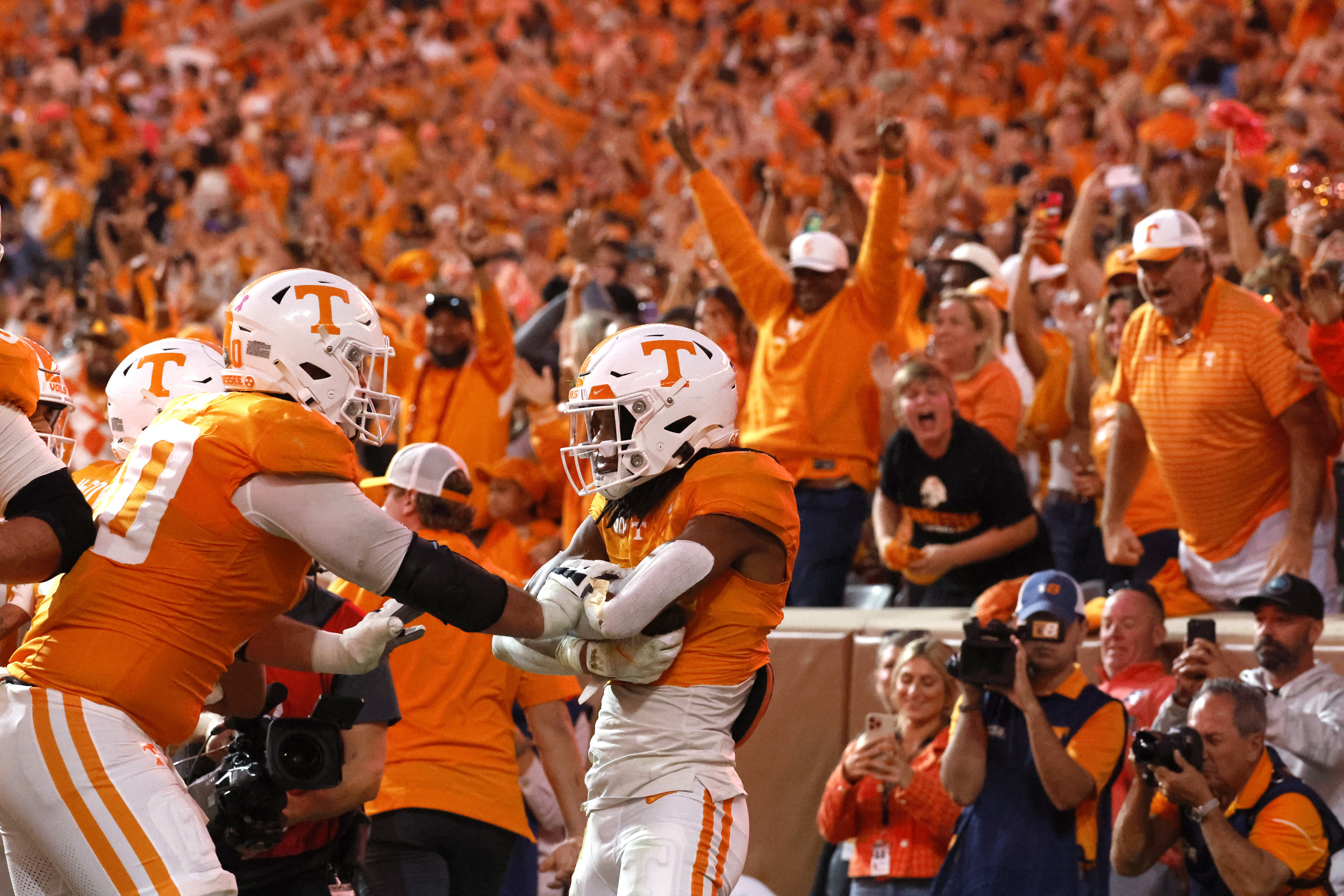



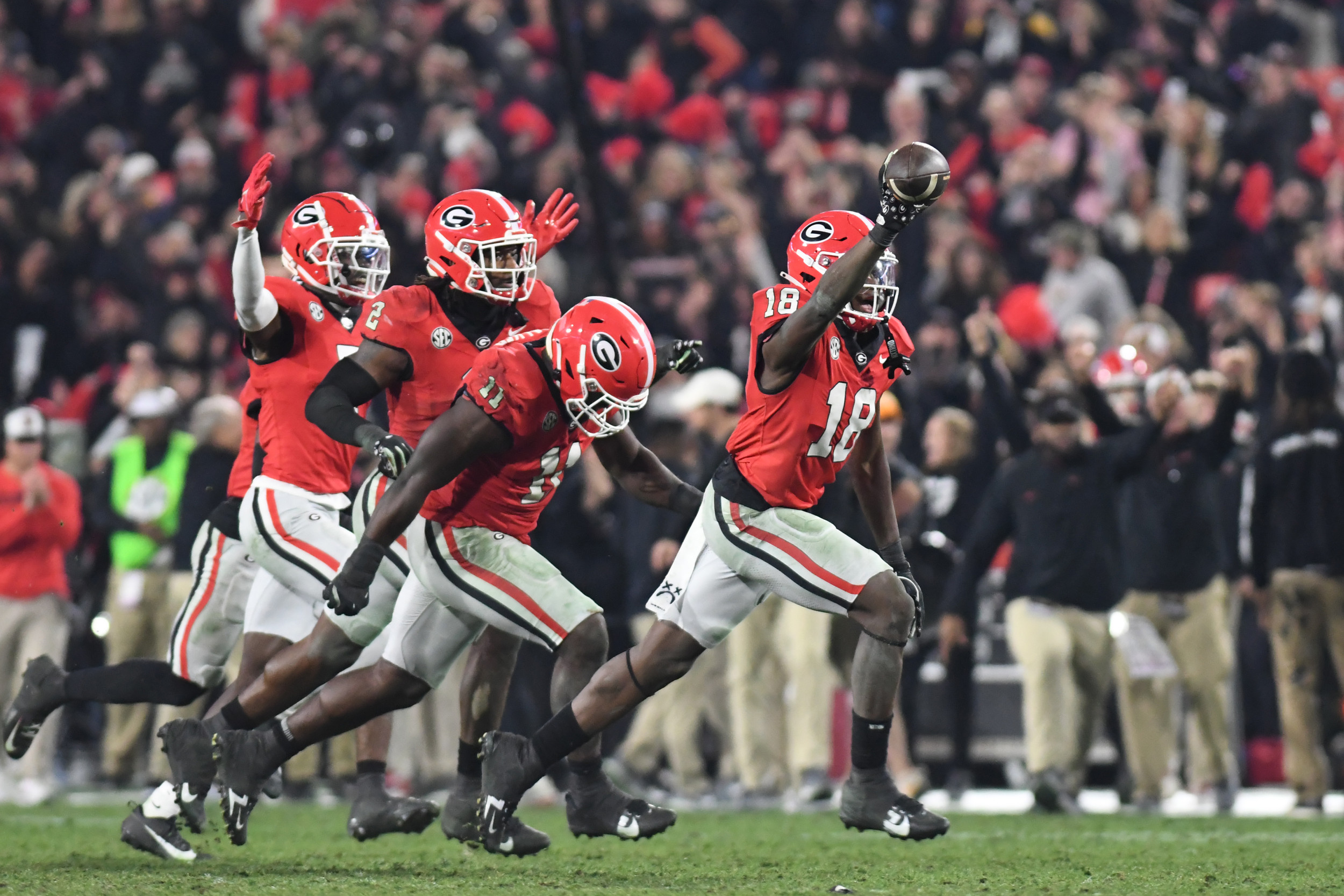
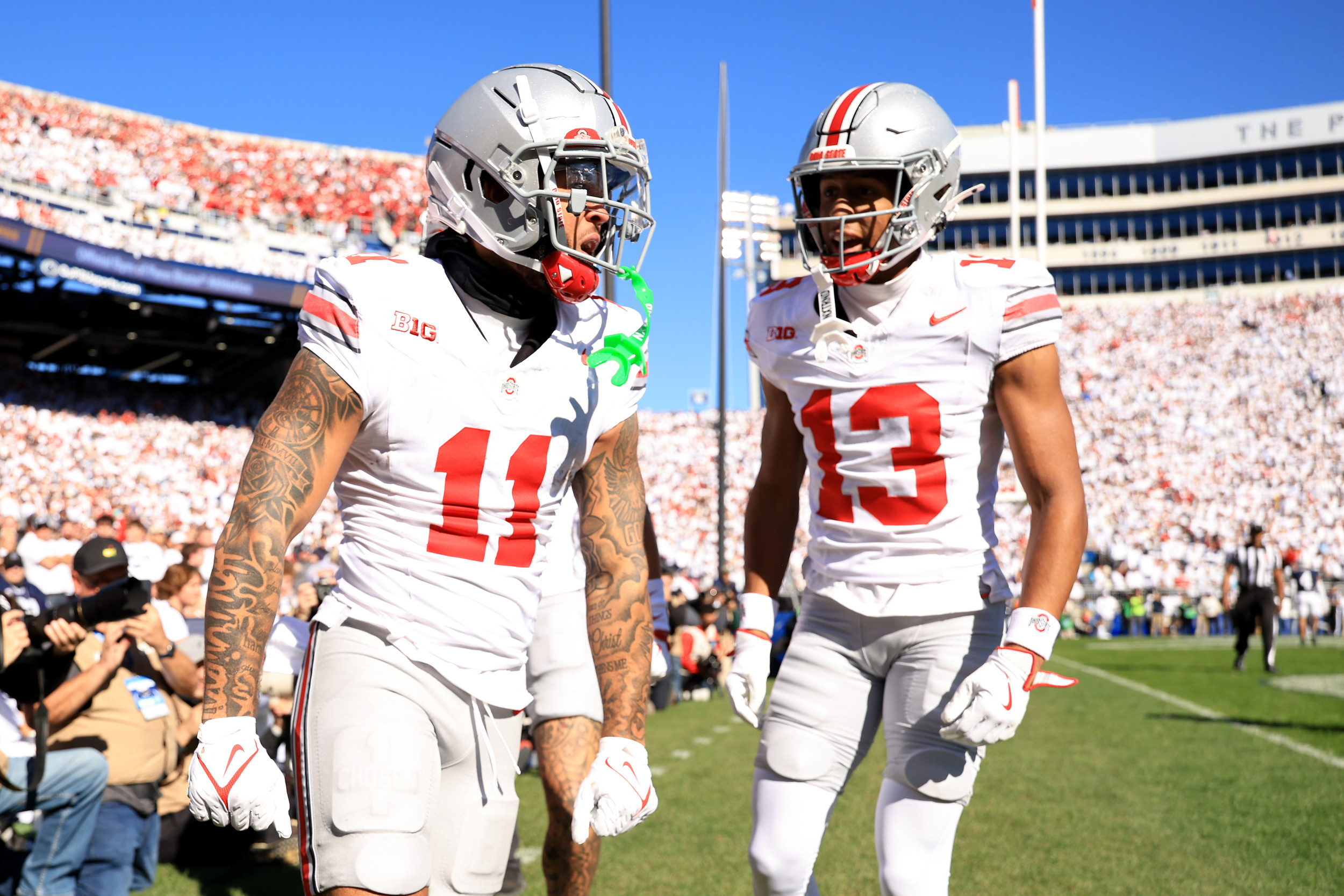


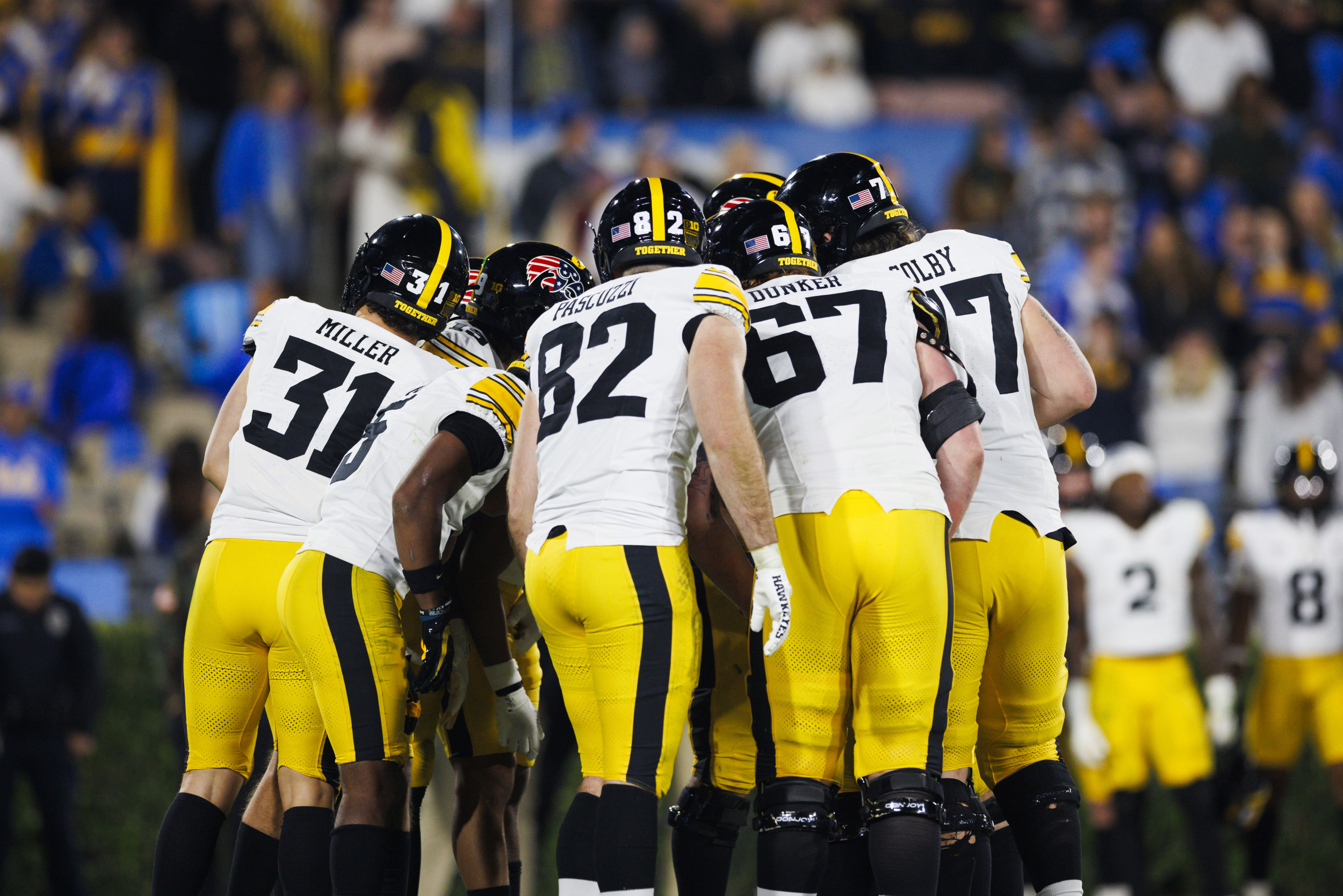
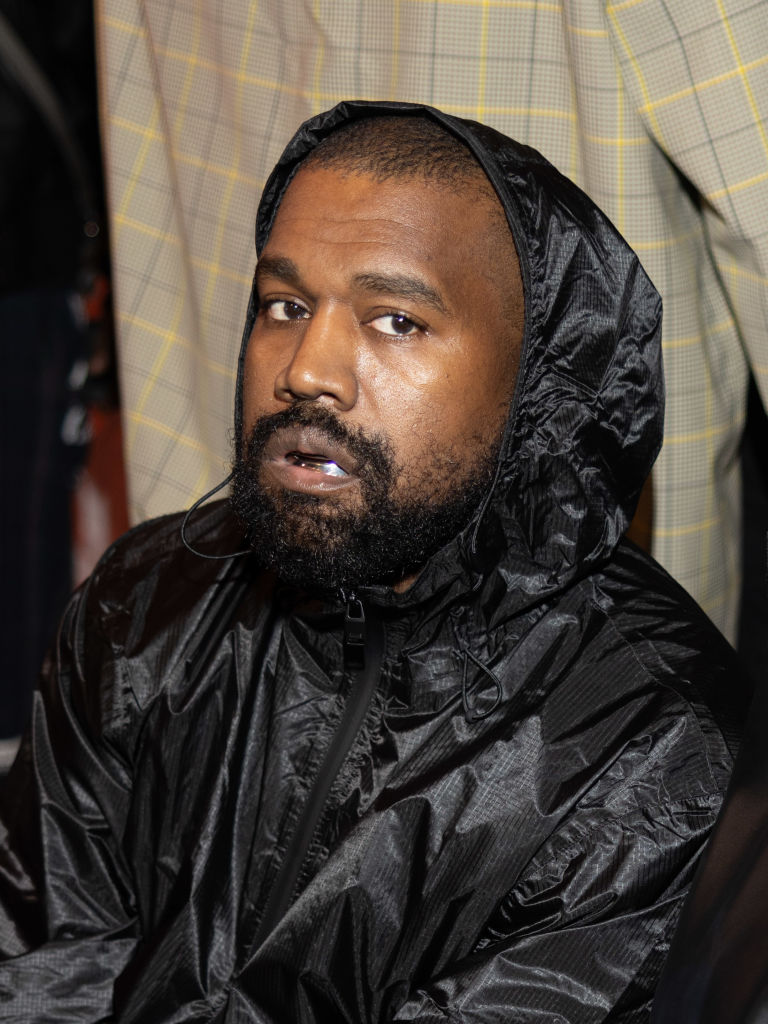









 English (US) ·
English (US) ·